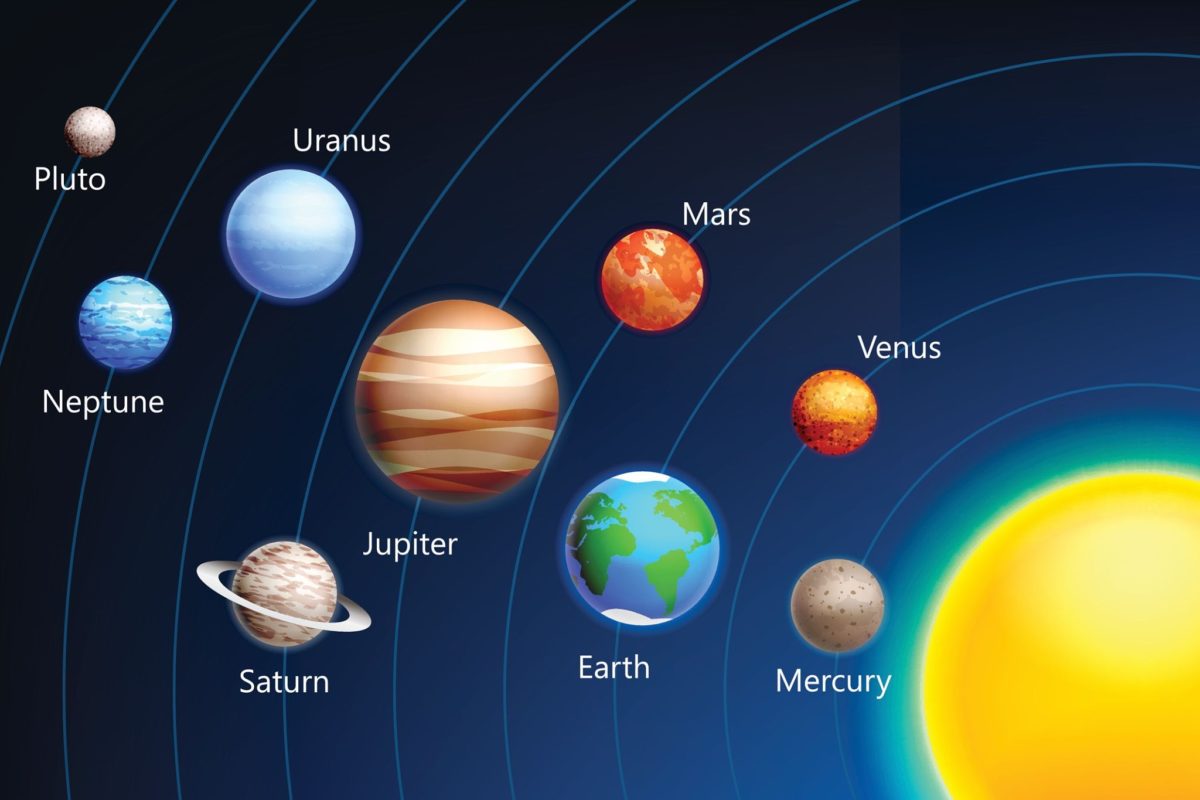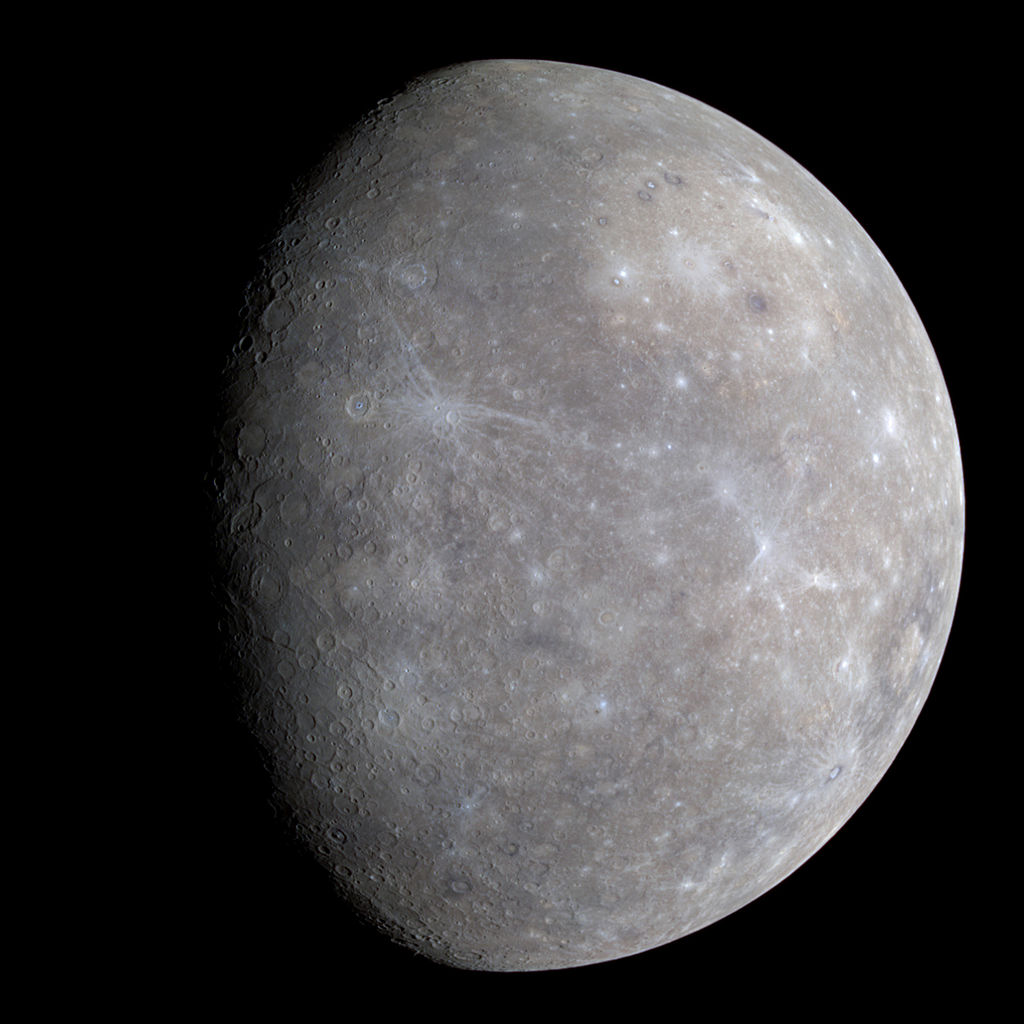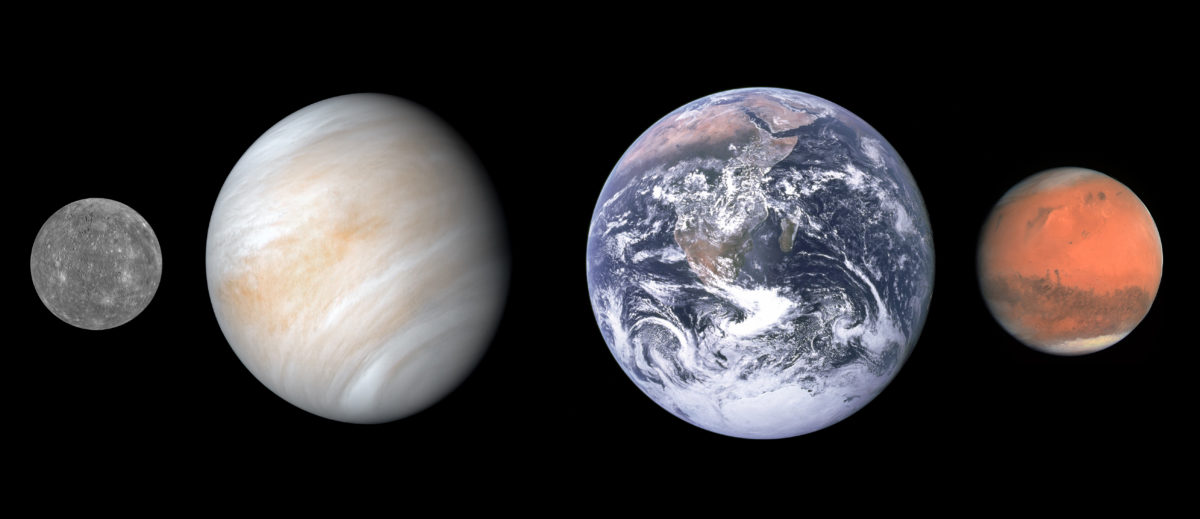Dogs in warfare have a very long history starting in ancient times. From being trained in combat, to their use as scouts, sentries, and trackers, their uses have been varied and some continue to exist in modern military usage.
Dogs in warfare


Dogs in warfare have a very long history starting in ancient times. From being trained in combat, to their use as scouts, sentries, and trackers, their uses have been varied and some continue to exist in modern military usage.

The dog (Canis familiaris when considered a distinct species or Canis lupus familiaris when considered a subspecies of the wolf)[5] is a domesticatedcarnivore of the familyCanidae. It is part of the wolf-like canids,[6] and is the most widely abundant terrestrial carnivore.[7][8][9][10][11] The dog and the extantgray wolf are sister taxa as modern wolves are not closely related to the wolves that were first domesticated,[12][13][14] which implies that the direct ancestor of the dog is extinct.[15] The dog was the first species to be domesticated,[14][16] and has been selectively bred over millennia for various behaviors, sensory capabilities, and physical attributes.[17]

Origami (折り紙, Japanese pronunciation: [oɾiɡami]or[oɾiꜜɡami], from ori meaning “folding”, and kami meaning “paper” (kami changes to gami due to rendaku)) is the art of paper folding, which is often associated with Japanese culture. In modern usage, the word “origami” is used as an inclusive term for all folding practices, regardless of their culture of origin. The goal is to transform a flat square sheet of paper into a finished sculpture through folding and sculpting techniques. Modern origami practitioners generally discourage the use of cuts, glue, or markings on the paper. Origami folders often use the Japanese word kirigami to refer to designs which use cuts.


The Solar System[b] is the gravitationally bound system of the Sun and the objects that orbit it, either directly or indirectly.[c] Of the objects that orbit the Sun directly, the largest are the eight planets,[d] with the remainder being smaller objects, the dwarf planets and small Solar System bodies. Of the objects that orbit the Sun indirectly—the moons—two are larger than the smallest planet, Mercury.[e]
The Solar System formed 4.6 billion years ago from the gravitational collapse of a giant interstellar molecular cloud. The vast majority of the system’s mass is in the Sun, with the majority of the remaining mass contained in Jupiter. The four smaller inner planets, Mercury, Venus, Earth and Mars, are terrestrial planets, being primarily composed of rock and metal. The four outer planets are giant planets, being substantially more massive than the terrestrials. The two largest planets, Jupiter and Saturn, are gas giants, being composed mainly of hydrogen and helium; the two outermost planets, Uranus and Neptune, are ice giants, being composed mostly of substances with relatively high melting points compared with hydrogen and helium, called volatiles, such as water, ammonia and methane. All eight planets have almost circular orbits that lie within a nearly flat disc called the ecliptic.
The Solar System also contains smaller objects.[f] The asteroid belt, which lies between the orbits of Mars and Jupiter, mostly contains objects composed, like the terrestrial planets, of rock and metal. Beyond Neptune’s orbit lie the Kuiper belt and scattered disc, which are populations of trans-Neptunian objects composed mostly of ices, and beyond them a newly discovered population of sednoids. Within these populations, some objects are large enough to have rounded under their own gravity, though there is considerable debate as to how many there will prove to be.[9][10] Such objects are categorized as dwarf planets. The only certain dwarf planet is Pluto, with another trans-Neptunian object, Eris, expected to be, and the asteroid Ceres at least close to being a dwarf planet.[f] In addition to these two regions, various other small-body populations, including comets, centaurs and interplanetary dust clouds, freely travel between regions. Six of the planets, the six largest possible dwarf planets, and many of the smaller bodies are orbited by natural satellites, usually termed “moons” after the Moon. Each of the outer planets is encircled by planetary rings of dust and other small objects.
The solar wind, a stream of charged particles flowing outwards from the Sun, creates a bubble-like region in the interstellar medium known as the heliosphere. The heliopause is the point at which pressure from the solar wind is equal to the opposing pressure of the interstellar medium; it extends out to the edge of the scattered disc. The Oort cloud, which is thought to be the source for long-period comets, may also exist at a distance roughly a thousand times further than the heliosphere. The Solar System is located in the Orion Arm, 26,000 light-years from the center of the Milky Way galaxy.

Mercury is the smallest and innermost planet in the Solar System. Its orbit around the Sun takes 87.97 days, the shortest of all the planets in the Solar System. It is named after the Greek god Hermes (Ερμής), translated into Latin Mercurius Mercury, god of commerce, messenger of the gods, mediator between gods and mortals.
Like Venus, Mercury orbits the Sun within Earth’s orbit as an inferior planet, and its apparent distance from the Sun as viewed from Earth never exceeds 28°. This proximity to the Sun means the planet can only be seen near the western horizon after sunset or eastern horizon before sunrise, usually in twilight. At this time, it may appear as a bright star-like object, but is often far more difficult to observe than Venus. The planet telescopically displays the complete range of phases, similar to Venus and the Moon, as it moves in its inner orbit relative to Earth, which recurs over its synodic period of approximately 116 days.
Mercury rotates in a way that is unique in the Solar System. It is tidally locked with the Sun in a 3:2 spin–orbit resonance,[16] meaning that relative to the fixed stars, it rotates on its axis exactly three times for every two revolutions it makes around the Sun.[a][17] As seen from the Sun, in a frame of reference that rotates with the orbital motion, it appears to rotate only once every two Mercurian years. An observer on Mercury would therefore see only one day every two Mercurian years.
Mercury’s axis has the smallest tilt of any of the Solar System’s planets (about 1⁄30 degree). Its orbital eccentricity is the largest of all known planets in the Solar System;[b] at perihelion, Mercury’s distance from the Sun is only about two-thirds (or 66%) of its distance at aphelion. Mercury’s surface appears heavily cratered and is similar in appearance to the Moon‘s, indicating that it has been geologically inactive for billions of years. Having almost no atmosphere to retain heat, it has surface temperatures that vary diurnally more than on any other planet in the Solar System, ranging from 100 K (−173 °C; −280 °F) at night to 700 K (427 °C; 800 °F) during the day across the equatorial regions.[18] The polar regions are constantly below 180 K (−93 °C; −136 °F). The planet has no known natural satellites.
Two spacecraft have visited Mercury: Mariner 10 flew by in 1974 and 1975; and MESSENGER, launched in 2004, orbited Mercury over 4,000 times in four years before exhausting its fuel and crashing into the planet’s surface on April 30, 2015.The BepiColombo spacecraft is planned to arrive at Mercury in 2025.

The term planet is ancient, with ties to history, astrology, science, mythology, and religion. Apart from Earth itself, five planets in the Solar System are often visible to the naked eye. These were regarded by many early cultures as divine, or as emissaries of deities. As scientific knowledge advanced, human perception of the planets changed, incorporating a number of disparate objects. In 2006, the International Astronomical Union (IAU) officially adopted a resolution defining planets within the Solar System. This definition is controversial because it excludes many objects of planetary mass based on where or what they orbit. Although eight of the planetary bodies discovered before 1950 remain “planets” under the current definition, some celestial bodies, such as Ceres, Pallas, Juno and Vesta (each an object in the solar asteroid belt), and Pluto (the first trans-Neptunian object discovered), that were once considered planets by the scientific community, are no longer viewed as planets under the current definition of planet.

The newest test post.

this is a test post

A random new post added for testing purposes.